Upper and lower blepharoplasty are usually performed to reverse the signs of aging on the eyelids, such as sagging skin, ptosis, bags under the eyes, and creases. But sometimes, if the primary surgery isn’t performed correctly or the results aren’t as expected, a revision may be necessary. You must contact board-certified experts for revision surgery.
Revision Blepharoplasty
Contact Expert Oculofacial Surgeons for Revision
Revision blepharoplasty is more complex than primary blepharoplasty because it must correct the primary surgery’s complications, scarring, reduced blood supply, and other anatomical problems. Those considering revision blepharoplasty should contact highly-skilled oculofacial surgeons who have extensive experience in eyelid reconstruction and aesthetics. Dr. Abbott has performed thousands of successful blepharoplasties and can correct the results of your primary eyelid surgery, helping you achieve a natural, youthful look.

What is Revision Blepharoplasty?
Revision blepharoplasty is an oculofacial procedure that can correct problems or unsatisfactory results from prior eyelid surgery. Revision surgery may be needed to improve symmetry, alter the existing shape of the eyelids, or reduce scarring, drooping, or sagging. It can include the removal of scar tissue, repositioning or tightening the eyelid tissue, and adding fat or other fillers to the area. Your individual goals and issues will determine the approach used by your surgeon.
Reasons for Revision Blepharoplasty:
- Issues with excess scarring
- Complications and functional problems
- Aesthetic problems not fully corrected
- Issues with asymmetry
- General dissatisfaction with the results
- Impaired eyelid function
- Excess removal of skin and fat tissues
- Overcorrection or under-correction
Candidates for Revision Blepharoplasty:
- Have complications from the primary blepharoplasty
- Are dissatisfied with the aesthetic results of the procedure
- Have healed completely after the primary blepharoplasty
- Are in generally good physical and mental health
- Have realistic expectations from the procedure
- Are nonsmokers or willing to stop smoking a few weeks before and after surgery
- Don’t have serious medical eye conditions
- Don’t have underlying health conditions that preclude surgery
The Revision Blepharoplasty Procedure
Dr. Abbott performs revision blepharoplasty under local anesthesia at her accredited surgical facility, usually with sedation. The specific details of the procedure depend on your unique condition and goals. If there’s insufficient fat in the area, you may need autologous fat grafts or filler injections to enhance the fullness of your eyes. However, if your previous surgery didn’t go far enough, the surgeon may remove excess skin and fat deposits. Dr. Abbott will curate a personalized surgical plan and describe the details during your consultation.
The Revision Blepharoplasty Recovery
Recovering from revision blepharoplasty can be relatively simple — you can resume most of your daily activities within a week. You can expect slight bruising and swelling, but these can be managed with cold compresses and eye drops, if necessary. However, you must avoid workouts and follow the surgeon’s aftercare instructions to ensure optimal recovery. You must avoid contact lenses, makeup, and direct sunlight for a few weeks. Downtime can be anywhere from 10 to 14 days, depending on the individual.
Revision Blepharoplasty FAQs
How long after the primary procedure can I have a revision?
Generally, you should wait at least 6 to 12 months after a primary procedure before having a revision blepharoplasty. This allows for any swelling and bruising to subside and for the results of the primary procedure to become clear. Additionally, it is important to allow your body time to heal from the first procedure before undergoing a second one.
Can revision blepharoplasty fix over-correction problems?
Yes, a revision blepharoplasty can fix over-correction problems, which usually occur when the primary surgeon removes more skin and fat than necessary. Depending on your unique condition, the surgeon may need to perform fat grafting from another part of your body or use filler injections to make your eyes look fuller and more natural.
What are the side effects of revision blepharoplasty?
Common side effects experienced following surgery include swelling, bruising, dry eyes, double vision, and asymmetry. These side effects dissipate within a few days. Other more serious, but rare risks include visual problems, wound healing complications, and infections. Dr. Abbott takes all precautionary measures to avoid complications.
How can I ensure optimal recovery?
Revision blepharoplasty is a major procedure, and it is important to take the necessary steps to ensure optimal recovery. Resting and reducing physical activity is essential, as is regularly icing the area and following your surgeon’s post-operative care instructions closely. Keeping the area clean and dry, avoiding forceful eye movements, and using medications and ointments as instructed also support recovery.
Contact Dr. Abbott
Dr. Meredith Abbott is an experienced, Fellowship-Trained Oculofacial Plastic Surgeon who has performed thousands of successful blepharoplasties. She personalizes the treatment according to your specific anatomy and goals to ensure excellent outcomes. Her compassionate and friendly demeanor makes her a great choice for patients who want to correct the unwanted results or complications of primary eyelid surgery.

